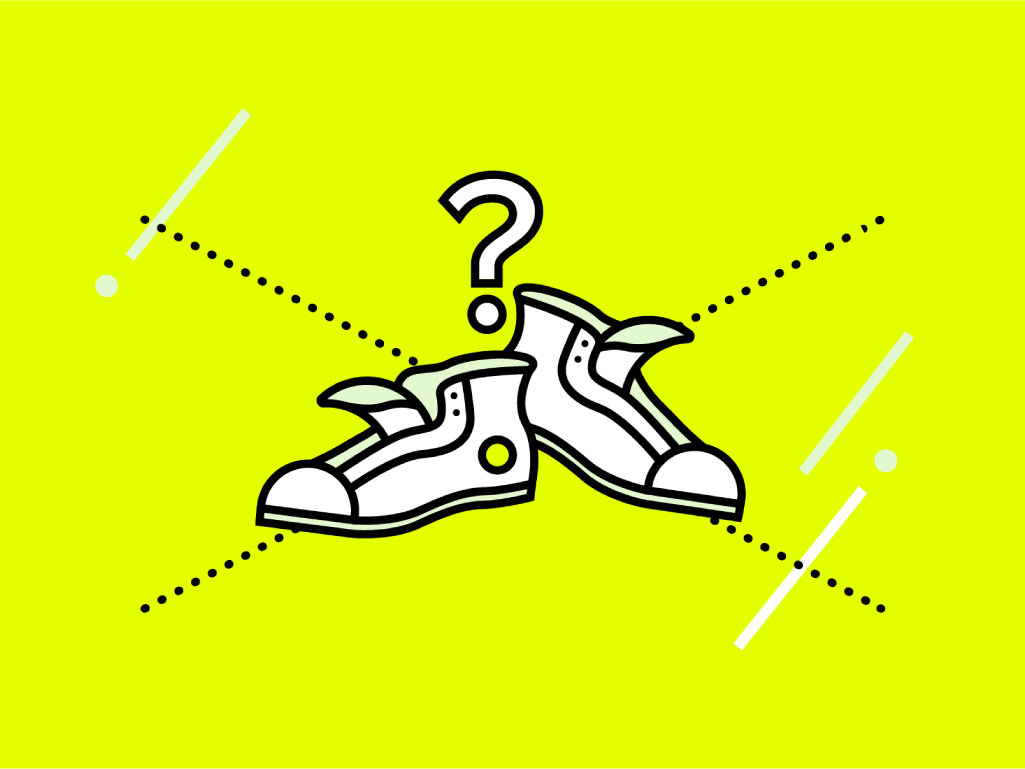How to use or facilitate:
- Download the workbook by clicking “Get Template” above.
- Start by looking at what aspects of your brand are the most clear, non-negotiable, or unchanging. Fill them in first.
- Go through each point along the DNA strands, answering each piece as clearly as you can. Aim to run the activity with as many unique points of view as possible, at all levels of the organization.
- Once complete, discuss each point, compare what patterns show up. Negotiate and/or vote on what the group decides is most true about the future brand.
- Bring the DNA to life! Look for practical, tactical ways to test out it out in your internal or external marketing/communication strategies.

The Takeaway:
Branding is more than just a logo, or a website, or an app. It’s actually one of the most powerful constructs in society – one that can be the deal maker or deal breaker for people who engage with your business. At its core, branding is the belief system that we share with others. It’s those beliefs, principles, and language patterns that ultimately enable businesses to build full-fledged communities of advocates or attract and retain the best talent. This particular all-encompassing, inclusive approach to brand design allows teams to have much greater dialogue around each aspect of the brand, whether it’s building a new brand from the ground up or looking to revisit one who may have lost its way over time.
Pro-tips:
Each aspect of the framework can and should build on itself. Read through your full DNA to make sure your answers are consistent or congruent with your foundation. Exploring a new concept or idea? Use your brand DNA as a gut check. At the end of the day, your brand’s mission, purpose, and creation story are always key for understanding your true north!
Stuck on a particular point? That may be a great opportunity to look at inspiration from others or hold a brainstorm! We recommend trying to fill out a blank DNA sheet for a brand you already know and love to get inspired. Brands like Apple, Starbucks, and Nike are always great examples to start with.
Although it’s great to identify the full strand, you don’t need every part solidified to begin actioning it. Sometimes, pieces like rituals emerge as a response to how people naturally engage with your brand.





